cross-posted from !xiaomi@lemdro.id:
Xiaomi returned to the tablet segment with the launch of the Xiaomi Pad 5 series in 2021. The company followed up with its successor, the Xiaomi Pad 6 series, in 2022.
Just like the baseline Xiaomi Pad 5, the company released the vanilla Xiaomi Pad 6 in global markets. Both of these tablets fall into the mid-range segment but still offer flagship-level specs.
The latest Xiaomi Pad 6 is a refinement over its forerunner for about the same price. It is priced closer to the Apple iPad 9th Gen, which is generally considered the best affordable tablet.
Simply put, it acts as an Android alternative to Apple’s offering. Therefore, when Xiaomi India reached out to me, I was more than happy to test the product, as I had just published my review of the OnePlus Pad.
Though the Xiaomi Pad 6 and the OnePlus Pad have a huge price difference, they are prime competitors in the Android space. In this article, I have shared my experience using these two tablets.
Before I continue, I’d like to make it clear that the brands featured in this story sent out the respective products on a returnable basis. Both Xiaomi and OnePlus had no influence over the opinions expressed.
Xiaomi Pad 6 is functional, while OnePlus Pad is premium
The Xiaomi Pad 6 has a metal unibody construction, which is an upgrade over the Xiaomi Pad 5’s plastic body. It also gets the camera island from the Xiaomi 12 series.
It looks unique and is easy to identify as a Xiaomi product. But still not as distinct as the OnePlus Pad with its centrally aligned camera and stunning Halo Green color.
The Xiaomi Pad 6 has flat sides, whereas the OnePlus Pad has rounded corners. I found the Xiaomi tablet to be more comfortable to hold in my hands due to its smaller form factor. However, the OnePlus tablet feels more premium.
While the OnePlus Pad’s accessories feel more premium in terms of look and feel. The OnePlus keyboard is more expensive than the Xiaomi keyboard, but it includes a convenient and compact trackpad. The Xiaomi stylus, on the other hand, costs more but is superior in several ways with its two action buttons and longer battery life.
Sadly, none of them provide adjustable angles with their keyboard accessories. But the Xiaomi Pad 6 is more comfortable to use on the lap.
Xiaomi has superior software to OnePlus
The Xiaomi Pad 6 runs MIUI 14 for Pad, which is based on Android 13, whereas the OnePlus Pad ships with OxygenOS 13.1, which is also based on Android 13.
Xiaomi’s software is more reminiscent of iPadOS than that of the OnePlus. Interestingly, the shameless rip-off works in favor of Xiaomi.
The UI and animations look good on the big canvas. If you are coming from an iPad, you will feel at home, to some extent.
The split-screen mode is almost the same as the one you find on iPadOS. It works flawlessly for supported applications. You can even save split-screen combos as on Samsung tablets and foldables.
There is also support for floating windows. Even on top of the split view, you can open floating windows of compatible apps. Additionally, the dock is accessible from anywhere, similar to iPads.
All of these features are implemented very well, which I cannot say for the OnePlus Pad. All in all, MIUI 14 for Pad is a more polished software for Android tablets than OxygenOS 13.1.
One is good for content consumption, other for gaming
The Xiaomi Pad 6 flaunts an 11-inch LCD screen with a resolution of 2880 x 1800 pixels, 309 PPI, a 144 Hz refresh rate, and a 550 nits peak brightness level. On the other hand, the OnePlus Pad comes with a larger 11.61-inch LCD panel with a resolution of 2800 x 2000 pixels, 296 PPI, a 144Hz refresh rate, and a 500 nits maximum brightness level.
The display on the Xiaomi Pad 6 is not only sharper but also brighter, as indicated by its specifications. I also found the color profiles offered by Xiaomi to be better.
Both screens are HDR-enabled, and they even support Dolby Vision. But none of them can play Dolby Vision content on Netflix. At least the Xiaomi Pad 6 can play HDR content on Netflix, which is not possible on the OnePlus Pad.
I would still recommend the OnePlus Pad for media consumption. Because quad speakers that support Dolby Atmos are superior. They sound richer, louder, and more immersive than the Dolby Atmos-supported quad speakers present inside the Xiaomi Pad 6.
But for gaming, the Xiaomi Pad 6 is better as it is powered by a Qualcomm Snapdragon 870 SoC. This chip is well well-optimized by game developers when compared to the MediaTek Dimensity 9000 chipset present underneath the OnePlus Pad.
Theoretically, the Dimensity 9000 SoC is more powerful than the Snapdragon 870 chip. Even the benchmarks show the same. But I had a better gameplay experience with the Qualcomm chipset.
Similarly, the stylus experience is better on the Xiaomi Pad 6. Thus, Xiaomi’s latest tablet is probably the best affordable bet for budding artists and tablet gamers.
The Android tablet experience is not yet optimal
I had already discussed this in my OnePlus Pad review. It would be nice to have ChromeOS on hardware like this instead of Android.
The lack of optimized apps and a proper desktop-level web experience kills the joy of using Android tablets. I use Twitter, Instagram, and Threads on a regular basis. None of these social media platforms have a proper app for Android tablets.
The Twitter app behaves like a blown-up version of the mobile app. While Instagram and Threads apps are displayed in a letterboxed view.
There is no universal ecosystem feature like Phone Hub on ChromeOS. Instead, you get the OEM’s implementation on both the Xiaomi Pad 6 and the OnePlus Pad. Xiaomi calls it MIUI+, whereas, on the OnePlus, it is named Multi Screen Connect. These features only work with compatible smartphones from the respective brands.
Android on tablets will only get better when more developers optimize their applications to make efficient use of the large canvas and multitasking features.
Clearly, one of them is more value for money
As you can see, the Xiaomi Pad 6 delivers more than the OnePlus Pad despite being ₹11,000 cheaper.
For the unaware, the Xiaomi Pad 6 retails at ₹26,999 and ₹28,999 for 6GB + 128GB and 8GB + 256GB memory configurations, respectively. The keyboard and stylus cost ₹4,999 and ₹5,999 respectively.
Whereas, the OnePlus Pad is priced at ₹37,999 and ₹39,999 for 8GB + 128GB and 12GB + 256GB memory variants, respectively. While its keyboard and stylus will set you back ₹7,999 and ₹4,999, respectively.
The OnePlus Pad is not a bad product by any means. The tablet and its accessories feel and look just as high-end as the Apple iPads and the Samsung Galaxy Tab S series. For some, the price is justified by this alone.
However, the Xiaomi Pad 6 outperforms the OnePlus Pad in the majority of other categories at a significantly lower cost. No other option in its price range comes close to matching it.
Given the restrictions on Android tablets, the Xiaomi Pad 6 feels like a better deal than any other Android tablet just because of its great pricing and feature set.


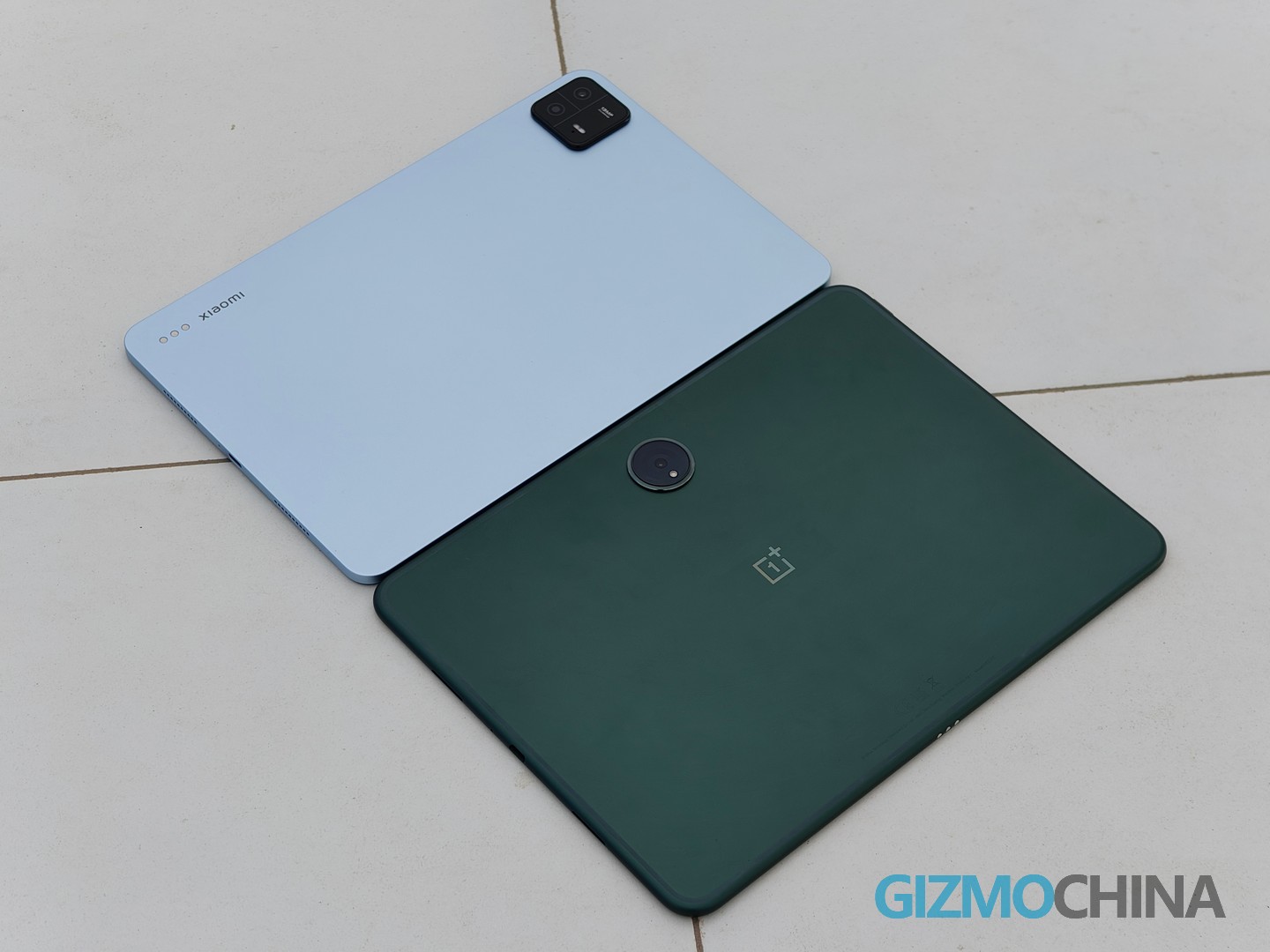
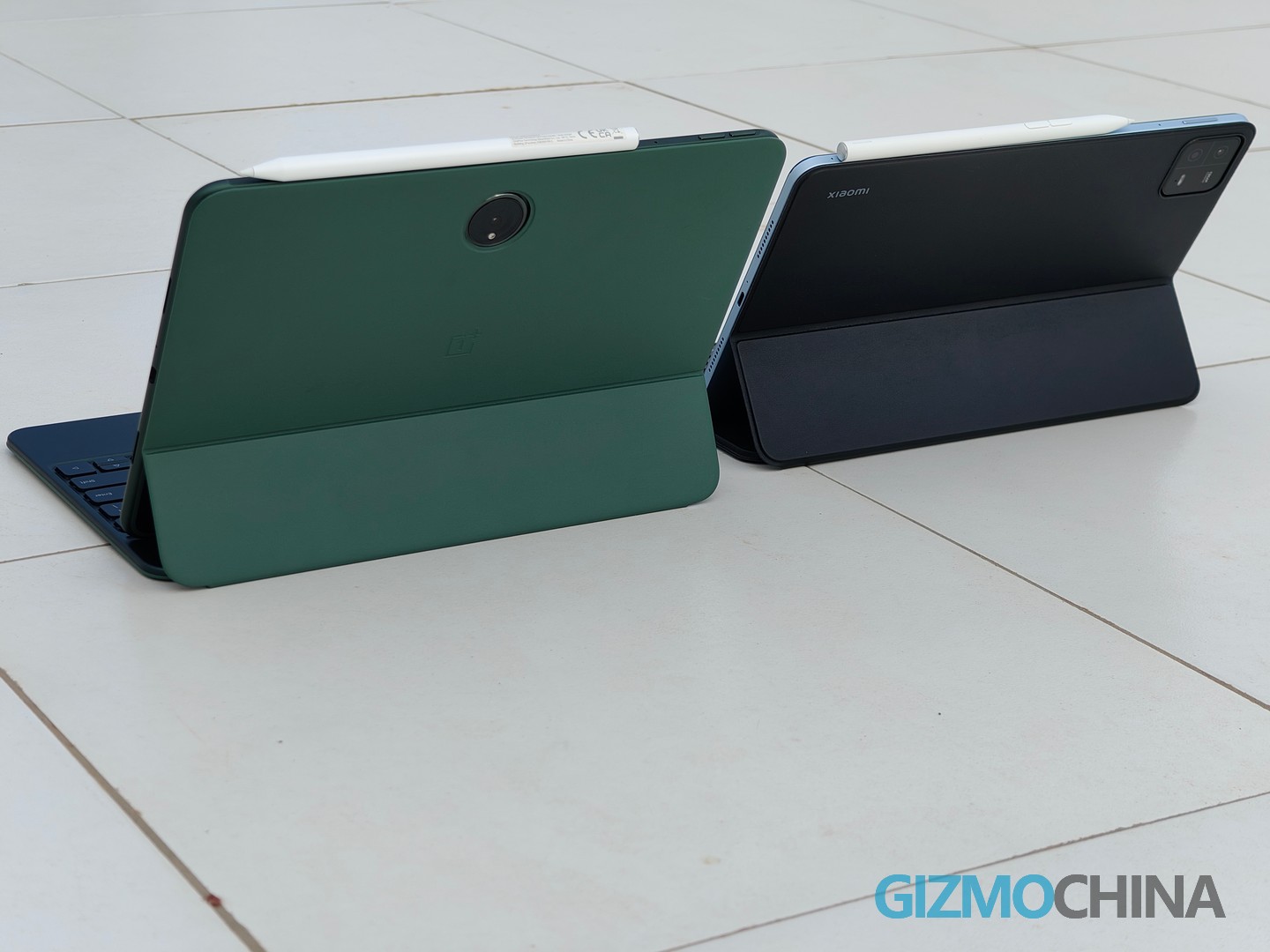
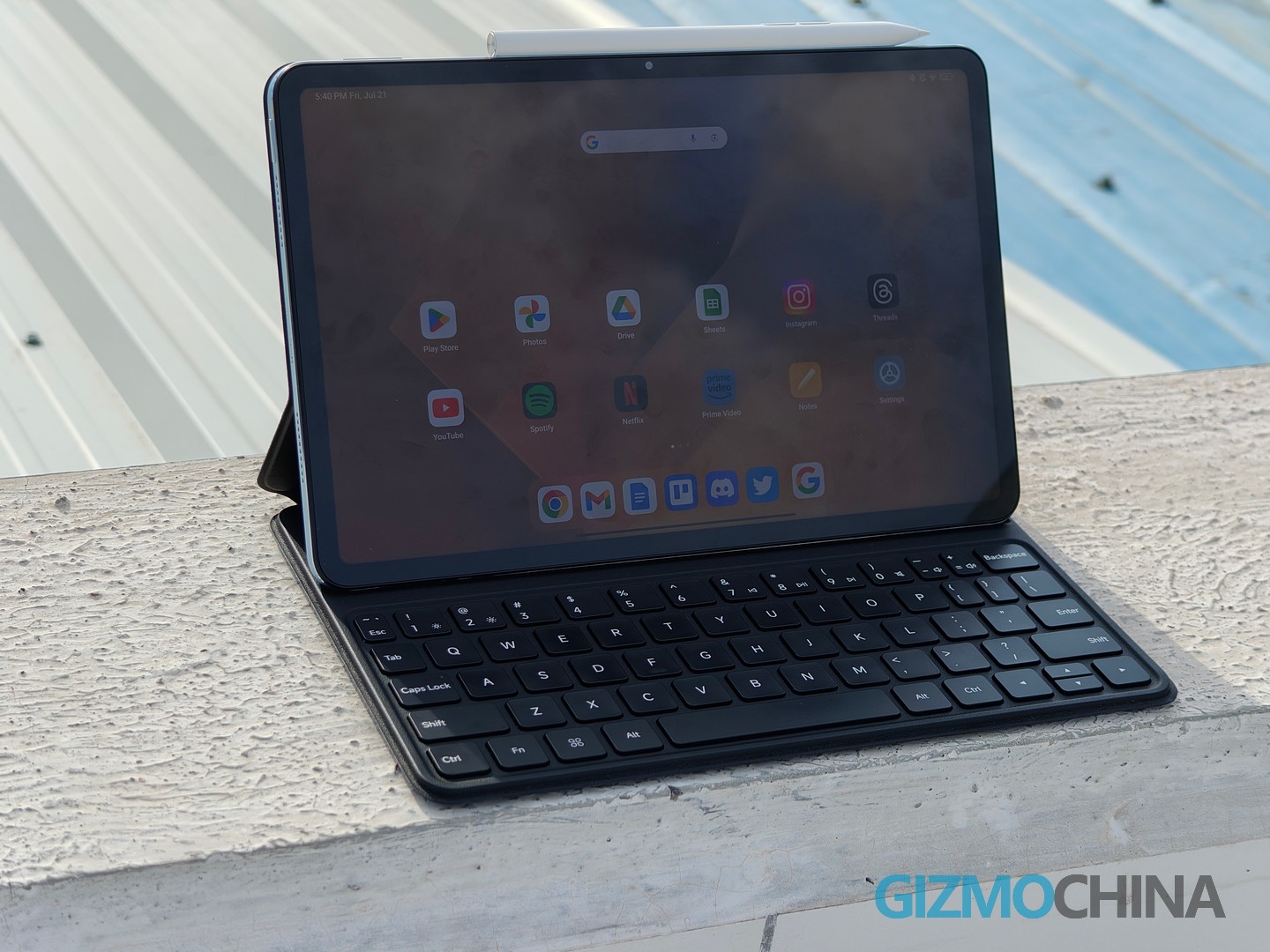
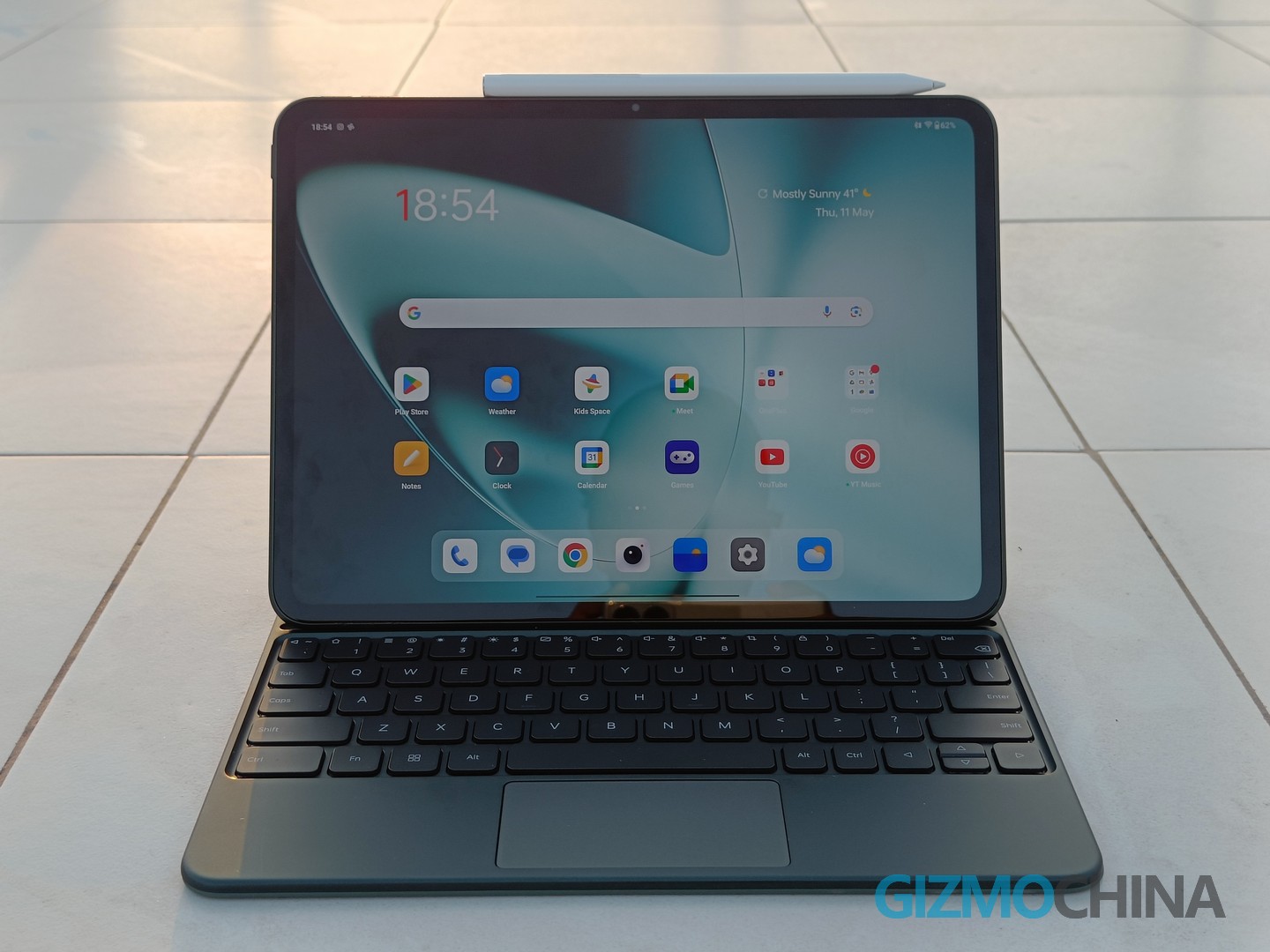
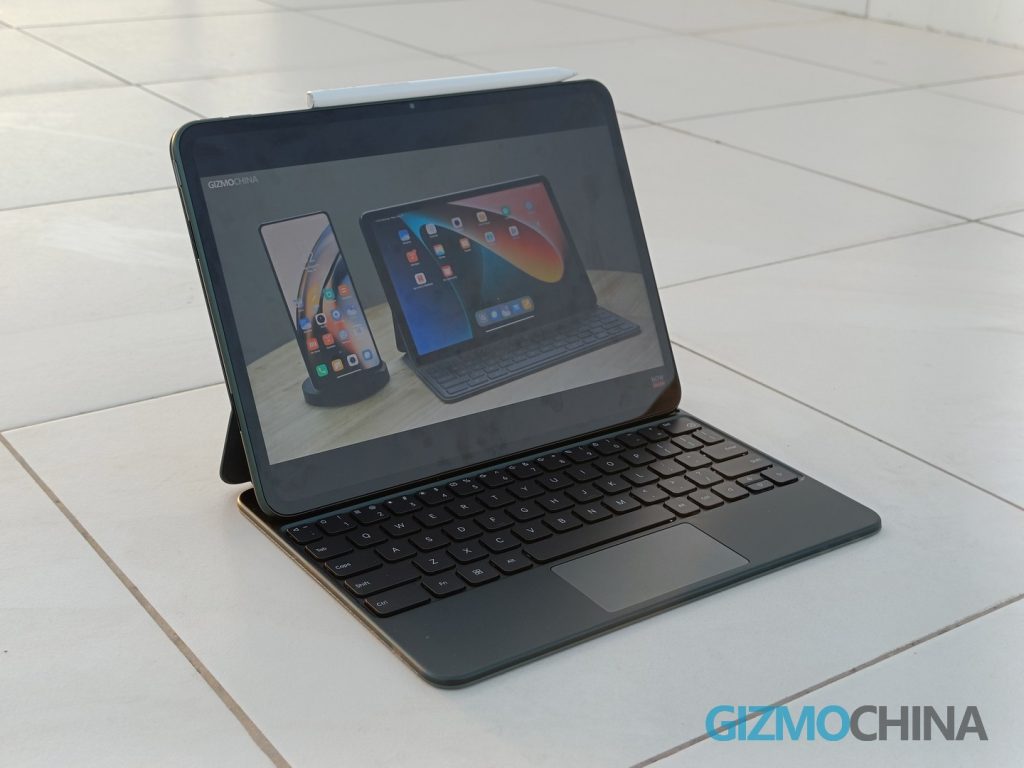
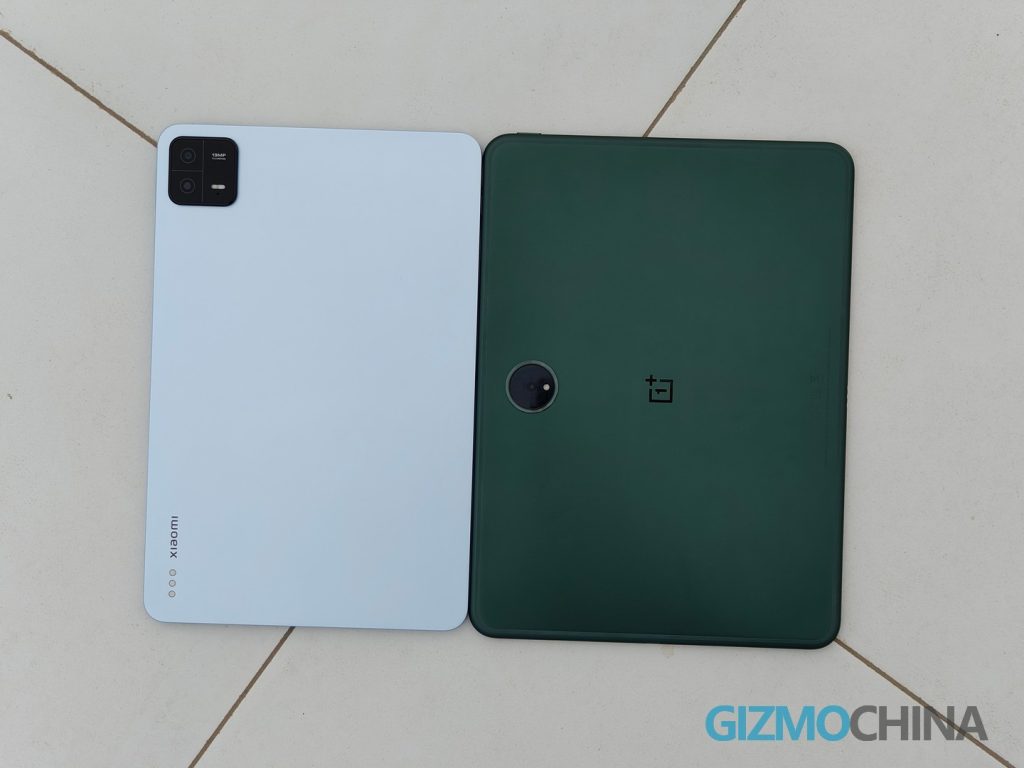
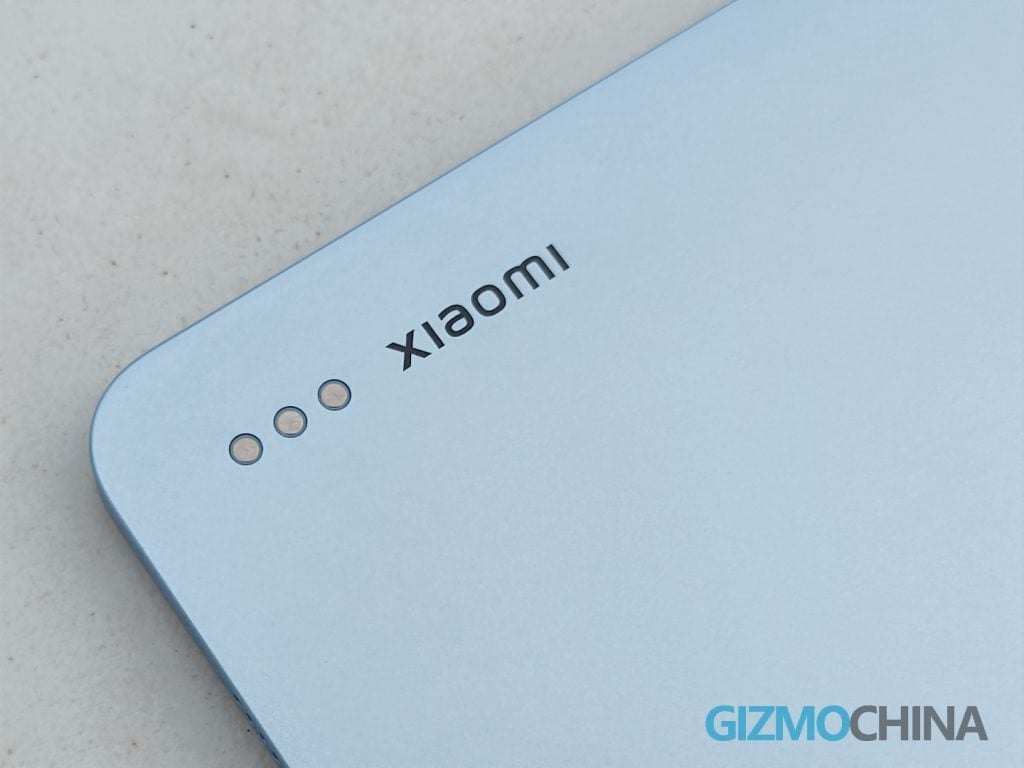
I just want a basic tablet where every single bit of software/firmware etc can be swapped with open source code and standard but de-googled android with no proprietary blobs and being able to re lock the device after.
I can’t trust any of these companies, Chinese or otherwise to not spy on my ugly junk when I’m using my devices naked because it’s too fucking hot out and I can’t afford AC.